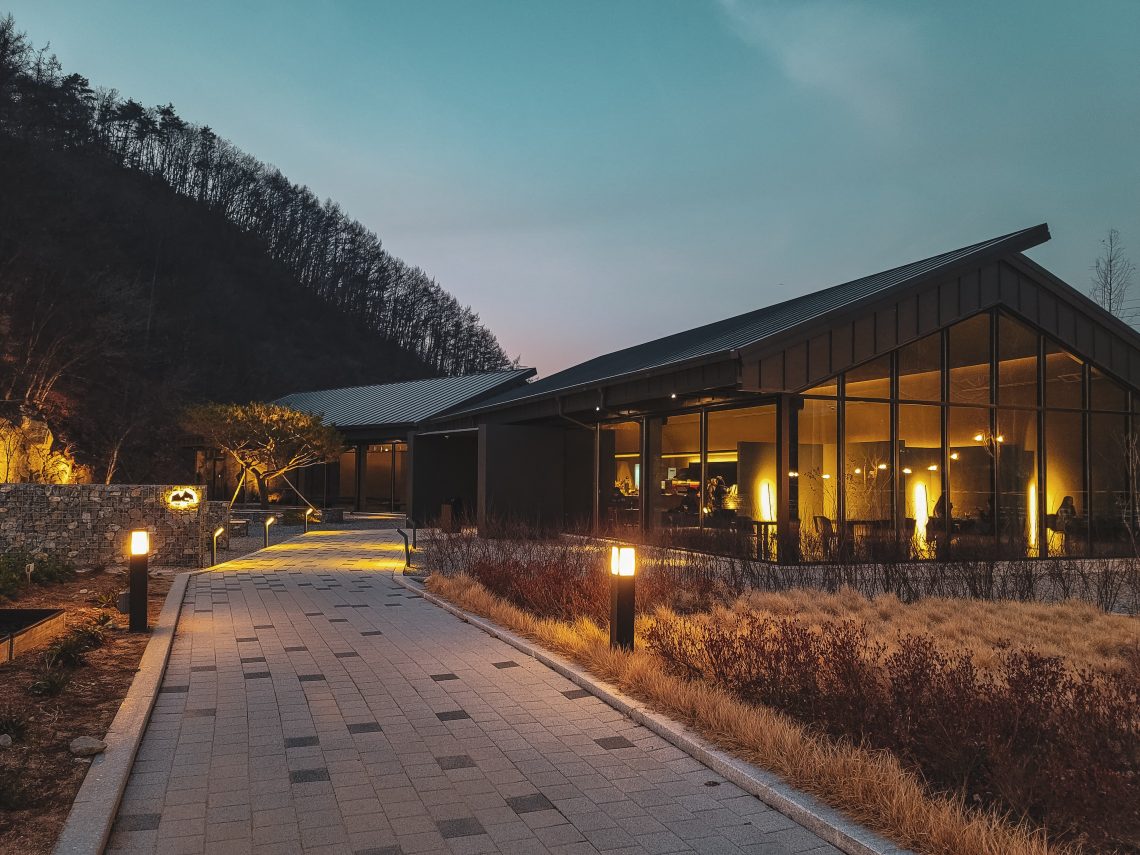Have you ever gone camping out in the wilderness, looked up at the night sky, and been totally in awe of how bright and magnificent the stars are? Or on the flip side, have you ever been in a big city and noticed that the same night sky seems to have no stars at all? The reason for these two scenarios is the varying amounts of competing light in their surrounding areas, a.k.a. the amount of light pollution.
Now, as a lighting company, light pollution might seem like an issue we’d want to conveniently avoid and just sweep under the rug; but in reality, it’s quite the opposite! We’re strong advocates of lighting smarter, in ways that fit your needs and keep our communities safe but also protect the environment from the harmful effects of light pollution. To accomplish this, we’d like to introduce you to a concept called Dark Sky-friendly lighting.
In a nutshell, Dark Sky lighting is following exterior lighting practices of intentionally only lighting where, when, and what needs to be lit at any given time without emitting excess light into the environment. For example, if you have a home that sits on 3 acres of land, you really only need to have porch lights that illuminate your front and back porch for security; you don’t need to have floodlights that light up the whole 3 acres behind your house all night. Many cities have regulations and ordinances around Dark Sky-compliant lighting, including our hometown of Fort Collins! To help you better understand Dark Sky-compliant lighting practices and how to make your own home or business Dark Sky-friendly, let’s walk through the basic concepts of where, when, and what.
Where
Shine light only where it’s needed.
- Lights should be pointing down (rather than out or up) only in areas where lighting is needed.
- Lights should be shielded, which helps direct light only where it’s needed.
- Select light bulbs that are appropriately bright, no brighter than necessary to safely illuminate areas needing light.
When
Turn on lights only when needed.
- Use motion sensors or timers for outdoor lights to maintain security without excessively lighting your home’s exterior.
What
What types of lighting are the least harmful.
- Avoid blue light, which can be harmful to human & wildlife health and significantly contributes to light pollution.
- Dimmed lighting emits much less light pollution while still providing light to the areas that are needed.
How
How to modify your lighting to be dark sky lighting-friendly:
- Adjust positioning: Point your exterior lights to face down towards the ground.
- Replace bulbs: Opt for narrow-spectrum or low-color-temperature LED bulbs to reduce the amount of blue light emitted.
- Add a shield: Modify existing light fixtures by adding a shield or shade that helps direct light downward and away from the night sky.
- Invest in a motion sensor or timer: Not only will motion sensors and timers reduce your light pollution footprint, but they’ll help you conserve energy & save on electricity costs!
At The Light Center, we have a full staff of lighting experts who are available to help you upgrade your lighting to be Dark Sky-compliant. If you need help updating your exterior lights, our team is ready to help! Schedule a consultation with one of our lighting experts today.




